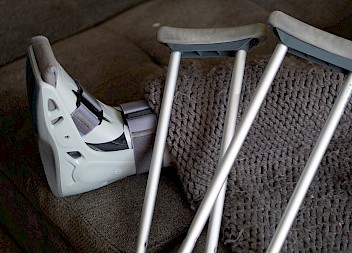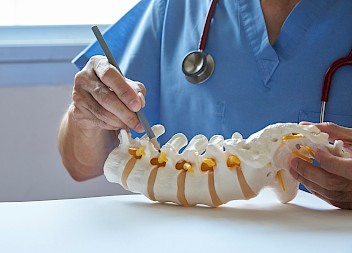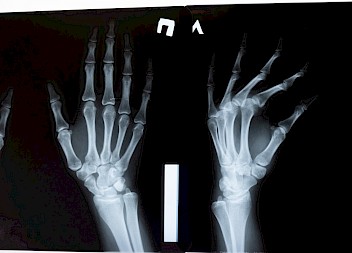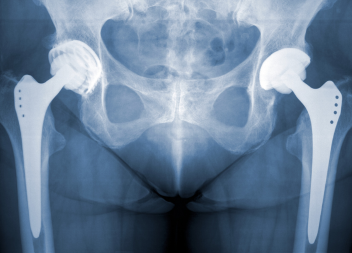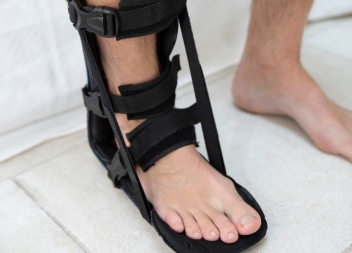A man in his 70s who endured six years of pain following negligent hip replacement surgery was awarded £55,000 in compensation.
Due to a mal-aligned artificial hip socket, metal debris leaked into his hip causing necrosis of the soft tissue. He has been left with a limp, chronic pain and permanent muscle damage.
He sought the help of specialist solicitor, Miriam Bi, to bring a medical negligence claim on his behalf.
Case summary
In March 2012, the claimant ‘C’ underwent a total hip replacement on his left hip. He was in his early 60s at the time. After the surgery, an x-ray showed there was a trochanter fracture to the top of the femur, but the consultant wasn’t concerned by this. Potential cellulitis was also noted, with advice to change the dressing and arrange blood tests before C was discharged.
C suffered pain and discomfort, with numbness around the wound, so went back to see the consultant the following month. He was examined but the wound was clean and healthy. The consultant advised C to exercise.
Eighteen months later, he had a total hip replacement on the other hip. A locum consultant noted that C’s right leg was slightly longer than the left, and that he had pain around the greater trochanter on his left side.
He wasn’t seen at the arthroplasty clinic for another year, where an x-ray showed the cup of the left hip to be slightly vertical which may be contributing to C’s symptoms. He was told to return in another year.
In September 2015, he had a fall and went to A&E where he was reassured and discharged. He was seen again at the arthroplasty clinic where he was told to return in two years’ time.
He struggled with pain in his left leg when weight bearing and went to his GP who referred C back to the consultant. A bone scan and blood tests were done which found no evidence of infection but loosening of the femoral stems, worse on the left side.
Nerve conductive studies were also done which found a pinched nerve on the left side. C was seen by orthopaedics in October 2016 but, because he was under investigation for prostate cancer, any further orthopaedic investigations were pushed back until the New Year.
His left hip was aspirated where black fluid was found, indicating metallosis but no infection. Metallosis is caused by the buildup and shedding of metal debris, which occurs when metal joint replacement devices rub against each other and release metal ions into the body.
By March 2017 – five years after the initial surgery – C was walking with a limp and had ongoing discomfort. An MRI scan found there was a pseudotumor present; this is a solid or semi-liquid mass of soft tissue growth caused by a negative reaction to the metal debris.
There was also a degree of necrosis (tissue death) because the acetabular cup – the bit that replaces the socket in the pelvis - was malpositioned.
C wasn’t seen again until February 2018. By this time, the condition of his soft tissue had deteriorated further, there were also bony lesions present around the joint, and his hip abductor muscles were almost completely destroyed.
He was put on bed rest and an urgent revision surgery was performed the same month to correct the mal-aligned acetabular cup – almost six years after the initial surgery.
Unfortunately, C’s condition didn’t improve after surgery and he still suffers pain, walks with a limp and has muscle damage.
Litigation
The claim was initiated in July 2018 where liability and causation were admitted at the pre-action stage.
It settled in January 2022 for £55,000 which included £45,000 general damages for the pain and suffering, plus £10,000 special damages for his financial losses.


